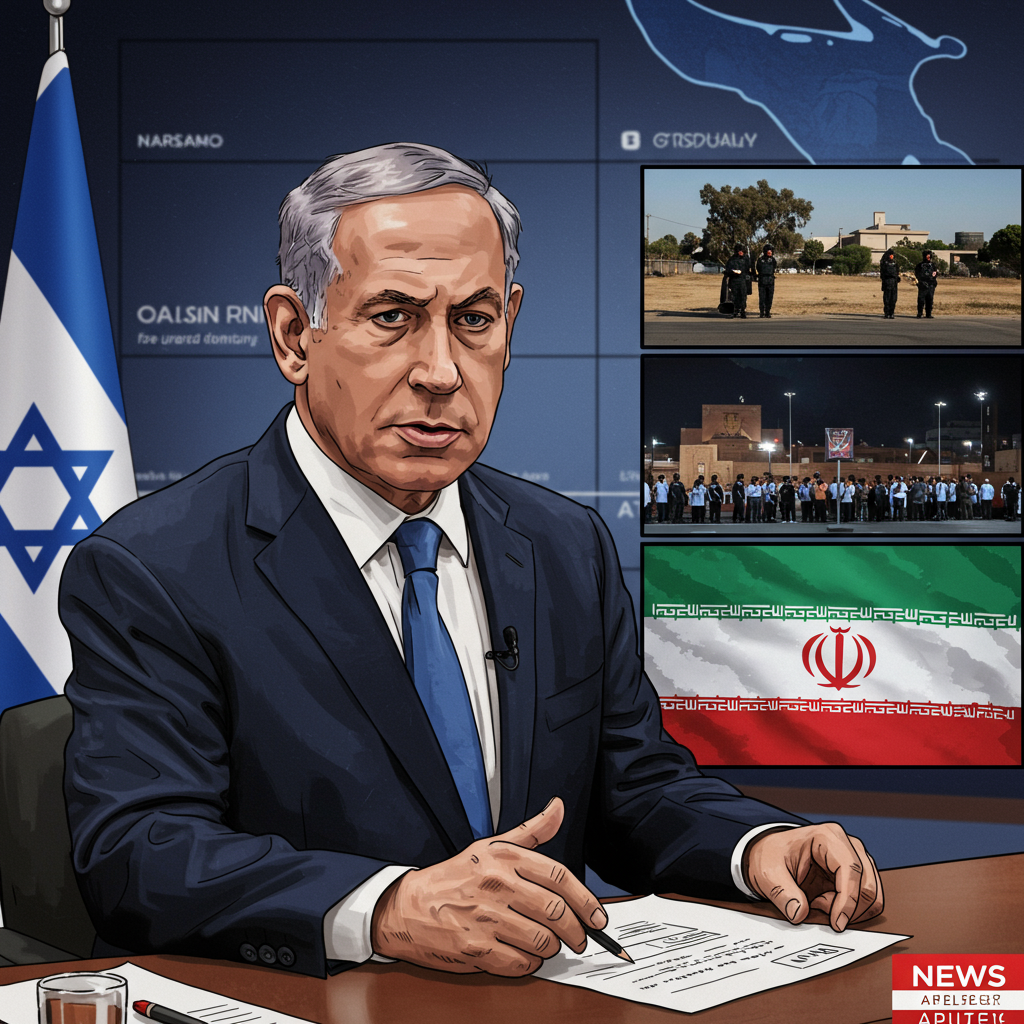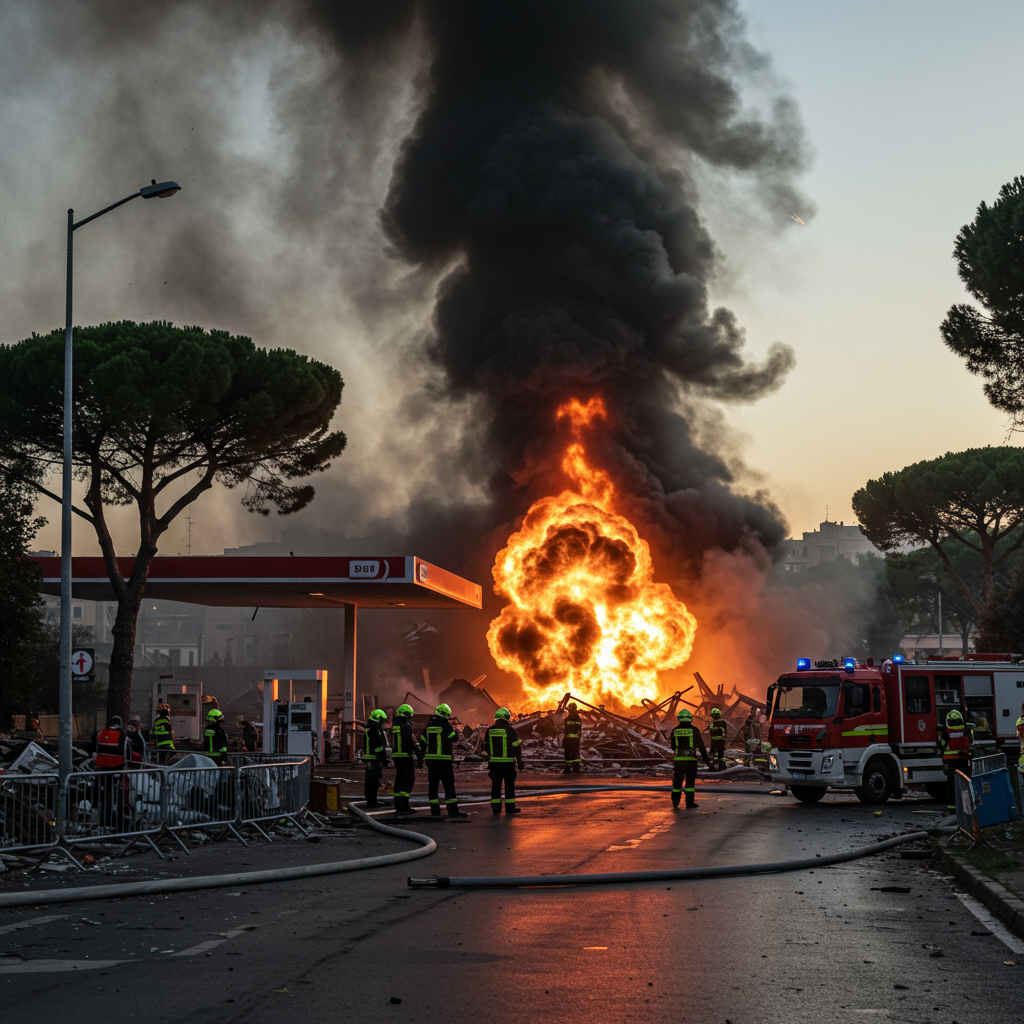Recent military actions between Israel and Iran have sparked intense debate over their outcome. Following an 11-day period of strikes, Israeli Prime Minister Benjamin Netanyahu asserted that Israel had achieved its objectives. However, analysis suggests a stark contrast between these claims and the reality on the ground, raising critical questions about strategy, resilience, and regional stability.
At the outset of the brief conflict, Israel publicly declared two primary goals: the “decapitation” of Iran’s nuclear program and instigating “regime change.” Some assessments also indicated a third key aim: eliminating Iran’s ballistic missile capabilities. Examining the results against these stated intentions reveals a picture of significant challenges and potentially counterproductive outcomes for Israel.
Evaluating the Nuclear Program Goal
The objective to dismantle Iran’s nuclear program appears largely unfulfilled. Despite orchestrating US strikes using powerful bunker-buster bombs (Massive Ordnance Penetrators or MOPs) on Iranian nuclear facilities, the actual extent of the damage remains uncertain due to Iran’s lack of transparency and access denial. Crucially, reports indicate that Iran may have preemptively moved fissionable material – considered the most vital component of its nuclear efforts – from facilities like Fordow before they were targeted.
Furthermore, assessments from intelligence agencies, including the Pentagon’s Defense Intelligence Agency (DIA), reportedly suggest that US strikes on facilities primarily focused on centrifuge production may have only set back the program by mere months, not destroyed its core elements or know-how. The expertise embedded within Iran’s technical and scientific community, compartmentalized across various agencies, is difficult to eradicate through airstrikes alone, and personnel losses were reportedly quickly replaced. This resilience suggests the program was delayed, not decapitated.
The Elusive Goal of Regime Change
Israel’s ambition for regime change in Iran also appears to have faltered, potentially achieving the opposite effect. The strategy relied heavily on assassinating senior figures, particularly commanders within the powerful Islamic Revolutionary Guard Corps (IRGC). This tactic stems from a belief that eliminating key leaders can destabilize an adversary. However, historical precedent for this approach yielding significant political change is weak.
In the case of Iran, these assassinations seem to have inadvertently rallied segments of the population, even those critical of the Islamic Republic and the IRGC, around the government. Many Iranians reportedly viewed the attacks not just as targeting the regime, but as an assault on Iran as a whole, fostering a sense of nationalist unity against an external threat.
Attempts to weaken the regime by bombing perceived symbols, such as Evin Prison or the state broadcaster IRIB, also backfired. Striking Evin Prison, ostensibly framed as supporting Iranian dissidents, reportedly worsened the situation for prisoners, who were moved to unknown locations. Bombing state media was criticized as counterproductive, providing Iran with justification to threaten Israeli media in return and failing to curtail the regime’s narrative control. Bombing symbolic targets like the “Israel doomsday clock” was widely seen as ineffective and even “pathetic.”
The Unsubdued Missile Threat
Contrary to the aim of neutralizing Iran’s ballistic missile force, this capability remained operational and posed a significant challenge throughout the conflict. Iranian missiles successfully penetrated Israel’s renowned air defense system multiple times, striking cities and strategic locations across the country, including the port city of Haifa, an oil refinery, and a power station.
The damage inflicted on Israeli infrastructure and residential areas in just 11 days reportedly exceeded that sustained from years of conflict with groups like Hamas or months of engagement with Hezbollah. This demonstrated Iran’s capacity to directly threaten the Israeli heartland. Furthermore, the continuous barrages, even those intercepted, represented a strategy of attrition. Firing expensive interceptor missiles like the Arrow at a potentially lower cost per Iranian missile placed a significant strain on Israel’s finite defense supplies, bringing the Israeli economy to a standstill and keeping large segments of the population in shelters. This proved to be a potent tactical success for Iran.
International Response and Geopolitical Shifts
The conflict also highlighted limitations in Israel’s ability to rally global support for its maximalist demands. While the United States did conduct strikes on nuclear facilities, President Trump did not commit to joining the war alongside Israel, and strategic bombers returned immediately after their missions. Trump’s administration simultaneously reiterated a desire for a deal with Iran, suggesting US actions were influenced by its own interests and regional allies rather than solely endorsing Israel’s war aims.
Despite some leaders expressing support for the US strikes and Israel’s right to self-defense, the international community largely did not adopt Israel’s stringent demands, such as prohibiting Iran from enriching uranium altogether. Instead, the world seemed to revert to the previous “no nuclear weapon” framework, a condition Iran had already indicated a willingness to accept. Experts suggest this indicates a growing international perception of Iran as a legitimate partner for diplomacy and business, a development seen as a loss for Israel and a strategic win for Iran.
The Toll on Israel and Iran’s Resilience
While Iran suffered significant damage and casualties from the sustained Israeli bombing campaign, the Islamic Republic did not collapse. It demonstrated remarkable resilience against a powerful military force. Iran successfully de-escalated tensions by reportedly providing advance warning before its retaliatory strike on a US military base in Qatar. Post-ceasefire, Iran’s continued standing was such that it could reportedly influence the US administration, leading President Trump to warn Israel against further attacks if the ceasefire appeared violated.
Crucially, Iran emerged from the conflict “still standing, and with potential for the future.” Its missiles hit home, its international image remained relatively untarnished (often perceived as a victim of aggression), and its future options for regional influence were not severely constrained.
Conversely, Israel sustained very real damage. Beyond the casualties and destruction caused by missile strikes, the conflict severely disrupted the Israeli economy and depleted its supply of expensive interceptor missiles, without immediate prospects for replenishment. This direct cost on the Israeli home front was a significant, albeit potentially unintended, strategic gain for Iran.
Looking Ahead: Risks and Narratives
The conflict has highlighted deeper geopolitical currents and future risks. Some analyses suggest the military actions, initiated without broad public or legislative debate in the US and Israel, may not have aimed solely at democracy or total nuclear elimination, but could risk – or even intend – turning Iran into a fragmented, failed state. This outcome, compared to the situations in Libya or Syria, is seen as potentially disastrous, creating a vacuum that could be filled by hard-line factions and raising the specter of “loose nukes” from Iran’s compartmentalized program, a scenario for which international bodies like the IAEA are reportedly unprepared. Critics argue the strategy lacks a political roadmap and undermines internal Iranian voices pushing for reform.
The conflict is also framed as a “war of narratives.” One view suggests resistance to Israeli/US power is futile. Another, potentially bolstered by Iran’s resilience, posits that conflict is inherent to the current regional order and occupation, making resistance inevitable.
Looking forward, Iran may feel less compelled to rush into negotiations, particularly after experiencing what it might perceive as bad faith diplomacy and military pressure. It is likely to seek guarantees against future attacks. Some suggest Iran might even consider withdrawing from the Non-Proliferation Treaty (NPT) to pursue nuclear weapons as a deterrent, believing the NPT has not adequately served its security interests. Having survived intense sanctions and military pressure, Iran might emerge stronger and less reliant on external agreements. As one former Israeli defense minister reportedly described the conflict’s conclusion, it felt like a “bitter ending,” warning of potential future conflicts under worse conditions without a clear resolution. The episode underscores complex and potentially volatile dynamics in the Middle East.




